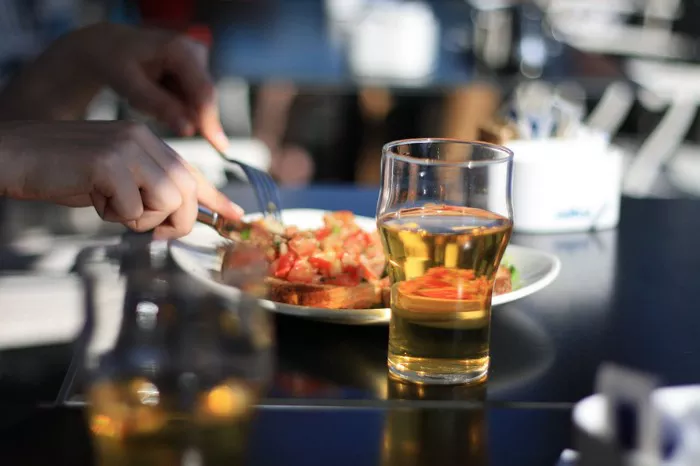According to the latest survey data from Gallup’s Consumption Habits poll, beer retains its position as the most favored beverage in the United States, while wine and spirits continue their rivalry for the second spot.
Gallup’s recent data shows that drinking habits vary across demographic groups, with higher prevalence observed among middle-aged adults, individuals with higher incomes, college-educated adults, and those attending religious services less frequently than once a week. These groups exhibit higher rates of alcohol consumption compared to their counterparts.
In terms of beverage preference, beer stands out, garnering 37% of respondents’ votes for their preferred drink. This places beer ahead of spirits, which secured 31% of the preferences, and wine, which was favored by 29% of respondents. Notably, beer’s dominance has lessened over the past two decades, as nearly half of the participants chose it as their preferred beverage in the past. In the years between 2011 and 2013, wine held a strong second place, nearly tying with beer. However, wine’s popularity has dipped below 30% for the first time since 1996. On the other hand, spirits have gained ground and are now on par with wine, with 31% of respondents preferring them.
In terms of gender preferences, men are more inclined towards beer, while women are more likely to choose wine as their most common beverage. Age also plays a role, with younger individuals showing a preference for beer and spirits, while older individuals lean towards beer and wine. Income levels further influence choices, with lower- and middle-income groups favoring beer, and those with higher incomes exhibiting a more balanced distribution of preferences.
The survey found that approximately 62% of the U.S. population consumes alcohol on average, a figure consistent with Gallup’s historical polling data dating back to 1939. Notably, the peak in consumption occurred between 1974 and 1981, when around 71% of the population reported consuming alcohol. The highest income bracket (earning over $100,000) had the highest prevalence of drinking at 79%, while the lowest income bracket (earning around $40,000) had the lowest at 53%, with a considerable portion of lower-income individuals abstaining from alcohol consumption.


